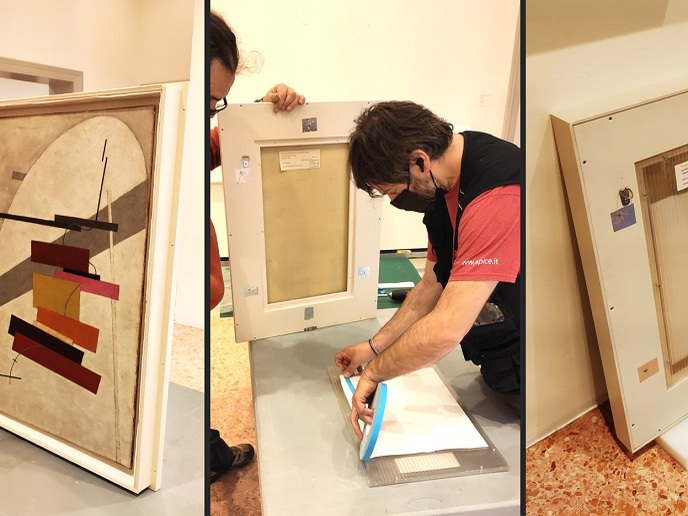Framing Europe’s changing art market
“Contemporary art is very important to European culture and the economy so it is important to understand how value is created in art,” says Jenny Sjöholm, research fellow at Linköping University, Sweden who received support from the Marie Skłodowska-Curie programme to study the art market in Europe through her project Art Market (The re-privatization of the contemporary art world: private collectors and artist-entrepreneurs in the changing geographies of European art). “In the art market there is radical institutional and market transformation. Many state-funded arts institutions are struggling with budget cuts. At the same time private art collectors and other private actors are becoming more prominent,” Sjöholm notes. Private collectors have also taken over some curation roles in public galleries in deciding what gets displayed and acting as key gatekeepers, though this “doesn’t necessarily mean an enclosure of art away from the public,” adds project coordinator Philip Crang, Professor of Cultural Geography at Royal Holloway University of London, United Kingdom.
Role of art collectors
Sjöholm’s research focus has been on Sweden, where art collectors are more visible than before, and their collections, too, she explains. Sjöholm refers to this as one sign of the privatisation of the art market. “Who gets access to the collections and who doesn’t is an important question when the market is being privatised. It is about an individual’s preference rather than a larger perspective. A state-funded organisation has a completely different mission compared to an individual collector,” says Sjöholm. This raises issues of who is able to access and appreciate art. For example, there are massive storage spaces in which the artworks are kept; they are semiprivate and not open to the wider public. But they can be viewed during special events or in individual art collectors’ homes. Meanwhile, artists themselves offer ‘open studio days’ during which they invite customers. They also curate and show their art through their online homepages. “Artists are exhibiting their work in different ways,” Sjöholm says, and they are becoming artist-entrepreneurs.
Role of the art studio and archives
In the digital age, new ways of documenting and recording have also led to different ways for art value to be created, an area which has not been well studied, Sjöholm adds. “My main assumption is that works of art have a particular social life as they move from places of production to galleries, collections and museums. All these places and practices give an indication of the works’ value,” says Sjöholm. How artists document their work is also becoming more important. This includes sketchbooks which can function as personal archives as well as being important tools for creativity. Archives, artists’ diaries and blogs definitely add to the value of art. "The artist needs to be able to speak about their work and contextualise it, and that is value,” Sjöholm adds.
Following a collection
During the project, Sjöholm followed the collection of Swedish artist Fredrik Roos which ended up in one of Sweden’s first privately run art museums. “To follow this art collection is to also untangle the different networks, places and institutions it travelled through. My approach is that we should be aware of the life histories and journeys of art and think in terms of not just objects but wider collections,” Sjöholm explains. Tracking the collection from the 1980s onwards “illustrated how an individual collection went from being private property subject to individual consumption, taste and emotion, to being a collection of public importance, interests, and display and value,” Sjöholm says.
Keywords
Art market, art gallery, Fredrik Roos, art curation, artist, art collectors, privatisation





